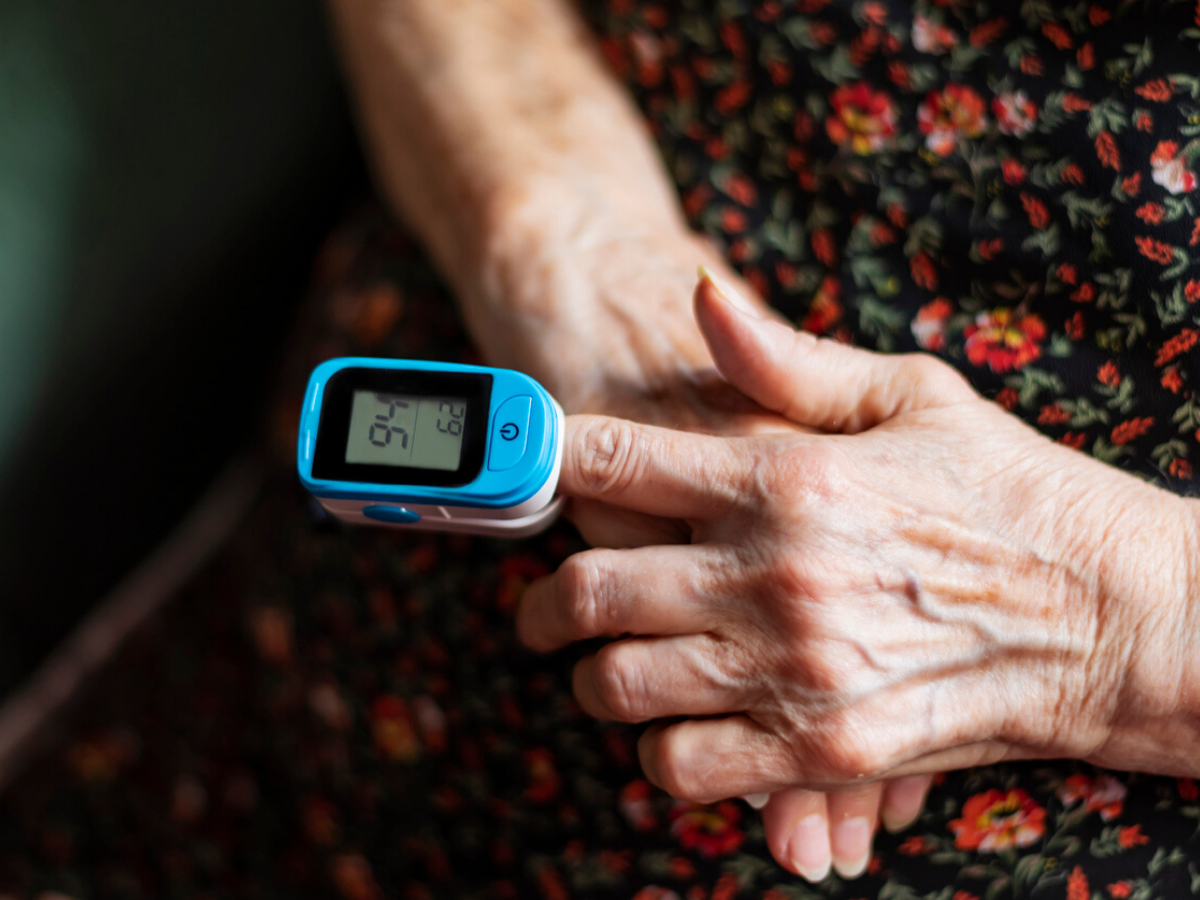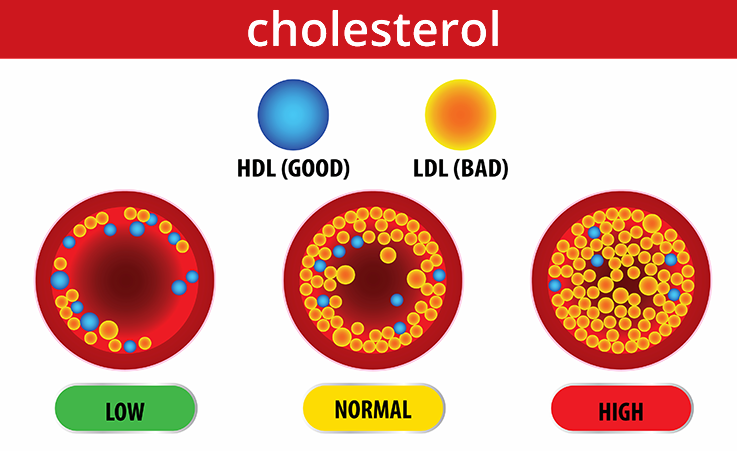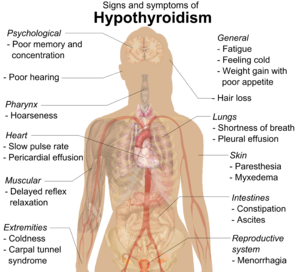Values under 60 mm Hg usually indicate the need for supplemental oxygen. For example if your oxygen saturation reads 92 on the pulse oximeter it may actually be.
What Is The Normal Oxygen Level While Sleeping Quora
Take care and feel better.

What does 94 oxygen level mean. It can also be estimated by measuring the oxygen saturation of your blood using a pulse oximeter a small device that clips to your finger. The normal values of SpO2 range from 92 to 100 percent. Under most circumstances breathing room air normal readings range from 95 to 100 percent.
Normal arterial oxygen is approximately 75 to 100 millimeters of mercury mm Hg. Hypoxia is not an issue until the mid 80s so you are ok for now but it does sound like your meds need to be tweeked. Here are some general guidelines for understanding oximeter readings and SpO2 values.
Generally speaking oxygen levels refers to the percentage amount of hemoglobin in red blood cells that is in the oxygenated state. In patients with COVID-19 it is abnormally low below 90. A range of 94-99 is normal for healthy adults breathing room air which contains 21 oxygen.
Low blood oxygen levels. Low oxygen levels can have a negative effect on body organs. SpO2 Normal Values A normal healthy person should be able to achieve normal SpO2 blood oxygen saturation levels of 94 to 99.
Blood oxygen levels below 90 are considered low hypoxemia. You and on the cusp and should talk to your doctor about this sometime this week. Ways Low Oxygen Levels Affects Your Body.
However a value below 90 percent during a COVID-19 outbreak could indicate low oxygen level a condition known as hypoxemia. When your liver kidneys heart and other organs do not receive sufficient oxygen for a prolonged amount of time. Low blood oxygen known as hypoxemia means that the level of oxygen in the blood has dropped below average normal levels due to one or more of many different causes.
Send thanks to the doctor 90000 US. The oxygen level of a pulse oximeter is reasonably accurate. A few notches down at 94 percent he says will.
Values under 60 mm Hg usually indicate the need for supplemental oxygen. Under the current system people with. The normal oxygen levels in a pulse oximeter usually range from 95 to 100.
What can I do about my Oxygen Saturation Level. As stated above a reading of 94 to 99 percent or higher indicates normal oxygen saturation and anything below 90 percent is considered to be low blood oxygen also known as hypoxemia. Values under 90 percent are considered low.
It means the oxygen saturation in your blood is 91 which is mildly reduced. If using a pulse oximeter this reading should typically be between 95 and 100 percent. Most oximeters give a reading 2 above or 2 below what your saturation would be if it were obtained by arterial blood gas.
For patients with mild respiratory diseases the. 52 years experience Rheumatology See details. Short of breath is a symptom and not necessarily a co.
Normal O2 sat is 98. Arterial blood gas test ABGwhich measures your bloods oxygen level by drawing blood. Once in the bloodstream oxygen helps replace cells that wear out provides energy for our bodies supports the way our immune system functions and more.
For normal healthy individuals this number is normally 94100 percent. Blood oxygen level describes the amount of oxygen you have circulating in your blood. Our bodies need oxygen to function.
Hypoxemia is determined by measuring the oxygen level in a blood sample taken from an artery arterial blood gas. When blood oxygen level is too low compared. Hyperoxemia is generally detected using ABG testing and is defined as blood oxygen levels above 120 mmHg.
Normal pulse oximeter readings usually range from 95 to 100 percent. Current NHS guidelines consider someone to be in the healthy range if their blood oxygen levels are between 94 and 98 per cent. If you have low oxygen saturation the good news is that you can work to improve your oxygen saturation levels.
When blood oxygen levels fall below 60 mm Hg or 90 percent saturation they are considered very low. Levels above 90 percent are not considered low so you probably are worrying unnecessarily. Using supplemental oxygen eating healthy foods.
Anyone who is not achieving the critical blood oxygen saturation level of 90 SpO2 or of 55-60mmHg SaO2 may require additional oxygen. Normal arterial oxygen is approximately 75 to 100 millimeters of mercury mm Hg. Doctors in 147 specialties are here to answer your questions or offer you advice prescriptions and more.
A blood oxygen level below 60 mm Hg is considered low and may require oxygen supplementation depending on a doctors decision and the individual case. Pulse oximetrywhich places a clip device on your finger and measures O2 levels. If this happens its critical to head to the hospital immediately.
Docs dont really care until it drops below 96 and some below 93 or 94. A normal ABG blood oxygen level for healthy lungs will usually fall between 80 and 100 millimeters. For a healthy person SpO2 values usually fall between 94-96 percent.
Oxygen level 94 percent still short of breathwhat is going on Answered by Dr. Oxygen enters the body through the nose and mouth and passes through the lungs into the bloodstream. Normal people who have working lungs and all those steps are going well their blood oxygen level will usually be 96-100 percent adds Dr.



